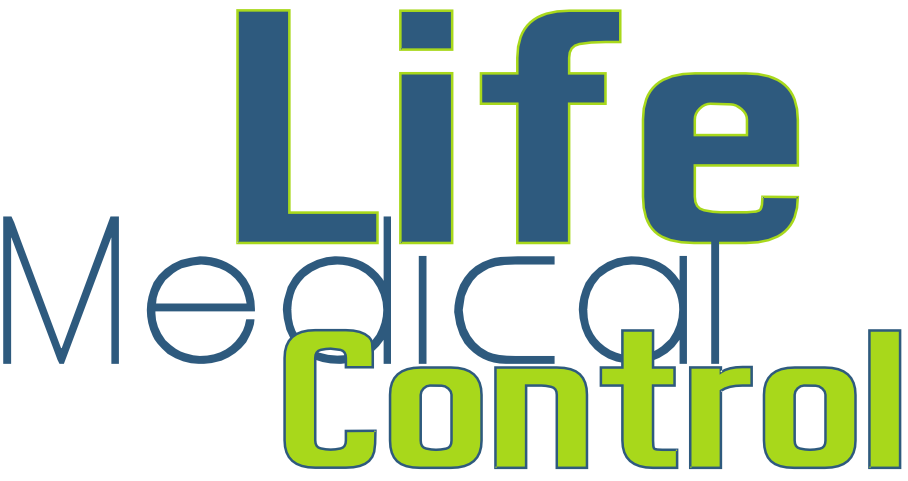Our expertise
The analysis and study of physiological signals is very much part of our DNA. This is our business, and where our expertise lies. Because we are strongly involved in the work of SNA-EPIS or the monitoring of the PROOF Cohort, we are constantly mobilizing our efforts to improve the methods for detecting physiological signals and their analysis. Their relevance as well. And how tomorrow they can be used as a prediction tool.
The NeuroCoach project
This project emerged from clinical studies on the limitation of aging by activation of the Autonomous Nervous System which demonstrated that the decline in activity of the Autonomous Nervous System precedes the appearance of classic cardiovascular risk factors.
Among the studies carried out, one in particular is based on long-term monitoring of the elements of aging. This study showed the sequence of anomalies of aging with first a loss of activity of the Autonomous Nervous System, followed by the appearance of arterial hypertension and generalized inflammation, at the source of an accelerated general aging throughout the body.
Specifically, in our studies, a stage of aging was found to be asymptomatic sleep apnea, proportional to the loss of activity of the Autonomous Nervous System. Above all, this sleep apnea has been shown to be associated with a proportional loss of gray matter from the brainstem, a loss which concerns the main centers of blood pressure regulation, ventilation and inflammation, leading to accelerated vascular aging, affecting all organs. In addition, an incidence study showed that more than 40% of people aged 65 years had sleep apnea, which was completely asymptomatic.
This is also associated with cognitive impairment. It is now considered that the damage that we have observed in brain MRI scans are initial attacks of Alzheimer’s disease.
It can be early on, as early as the age of 50. Some hospitals have looked into this problem and offer assessments, however partial, of the activity of the Autonomous Nervous System, generally in the case of management of arterial hypertension.
The diseases to be prevented are stroke and heart disease, but also cognitive decline, Alzheimer’s type dementias and related diseases.
The subjects presenting these pathologies were 850,000 in 2008 in France,
this number is expected to reach 1,200,000 in 2020
and 1,700,000 in 2028.
All this work and studies have enabled us to isolate markers allowing us to give an indication of the quality level of the ANS.
Following this, we have developed the means and services allowing us to offer a rapid, non-intrusive and precise solution to as many people as possible.
The Autonomic Nervous System (ANS)
The vegetative nervous system comprises all the neurons which are located outside the central nervous system except the sensory neurons contained in the spinal ganglia (near the spine: the spine). A nerve ganglion is formed by the union of many synapses.
The hypothalamus is the area of the brain that coordinates the sympathetic nervous system.
The parasympathetic nervous system is divided into two parts:
- One originates inside the brainstem (just above the spinal cord) and is responsible for providing innervation to the face, neck, thorax and abdomen.
- The other which arises from the lateral horn of the sacral spinal cord (S2 to S5) gives rise to nerves which distribute to the pelvic organs (of the pelvis).
Le système nerveux végétatif, ou si l’on préfère neurovégétatif, assure l’innervation des muscles lisses (qui ne sont pas sous le contrôle de la volonté) des vaisseaux et des viscères et des glandes exocrines (à sécrétion externe) et endocrine (dont la sécrétion s’effectue à l’intérieur de la circulation sanguine). Le système nerveux végétatif assure également l’innervation d’une partie des cellules parenchymateuses (tissu fonctionnel d’un organe).
This nervous system makes it possible to control all the vegetative functions of the human body and to regulate the internal environment by a phenomenon called homeostasis. Homeostasis is the ability of all living things to maintain and restore physiological parameters that allow the body to function properly. It acts, among other things, on the concentration of blood, lymph (clear, whitish liquid, particularly rich in proteins and lymphocytes and which circulates in the lymphatic vessels), arterial pressure, temperature, circulation, respiration, secretion , opening or closing of pupils, heart rate etc. This regardless of changes in the external environment.
The name of the autonomic system comes from the fact that the action of this nervous system is independent of the will. The sympathetic nervous system and the parasympathetic nervous system act on any organ in the body in opposite ways. So when one stimulates, the other inhibits or slows down, if the same function is preferred. For example, the excitement of the sympathetic nervous system accelerates catabolism that is to say the destruction of proteins, fats etc. whereas the excitation of the parasympathetic nervous system on the contrary has an antagonistic effect and increases anabolism that is to say, in a way, the development of the organism.
Information from ANS proves to be a vital marker for anyone who wants to know what state of form they are in.
Life Medical Control offers different solutions depending on the purpose of the desired objective.

